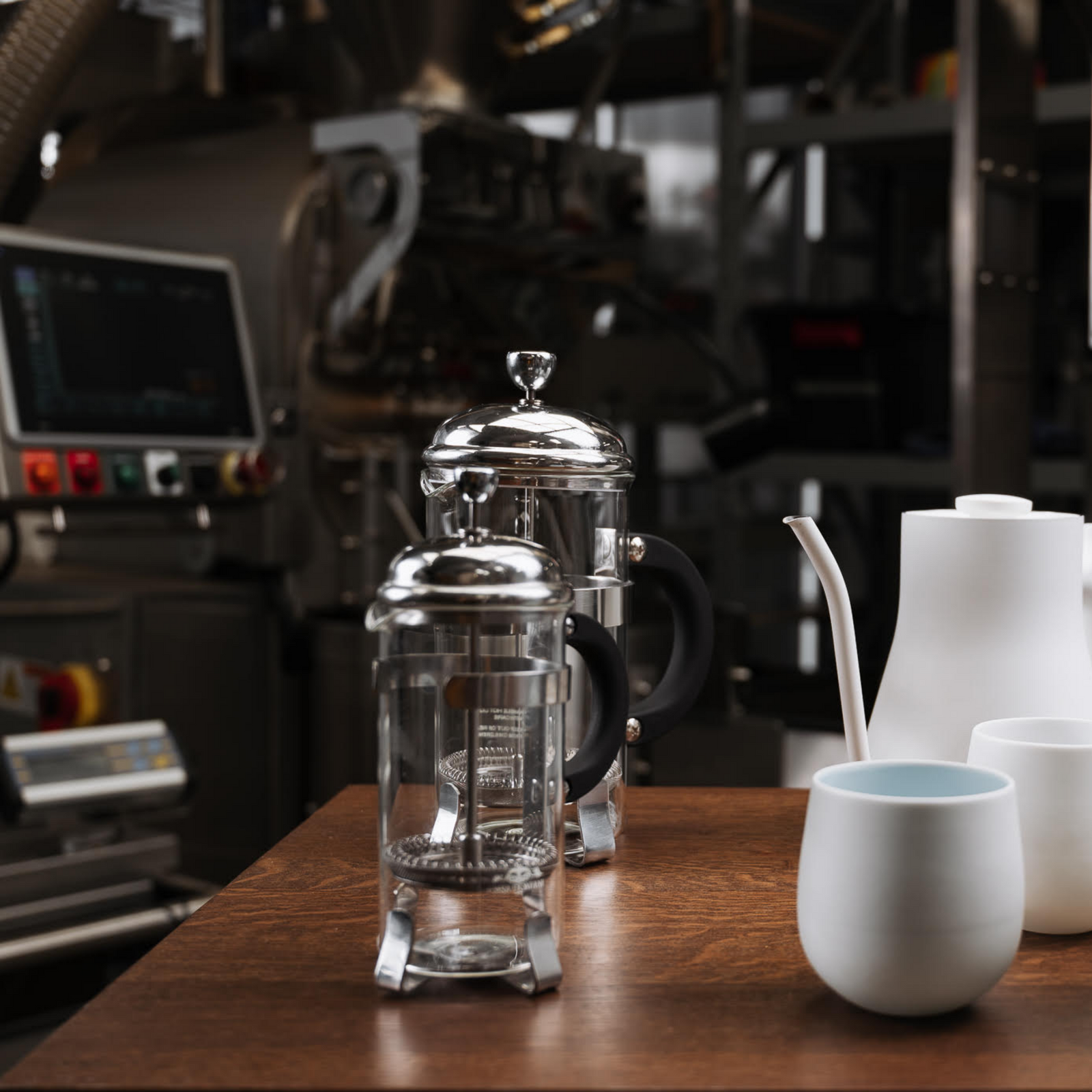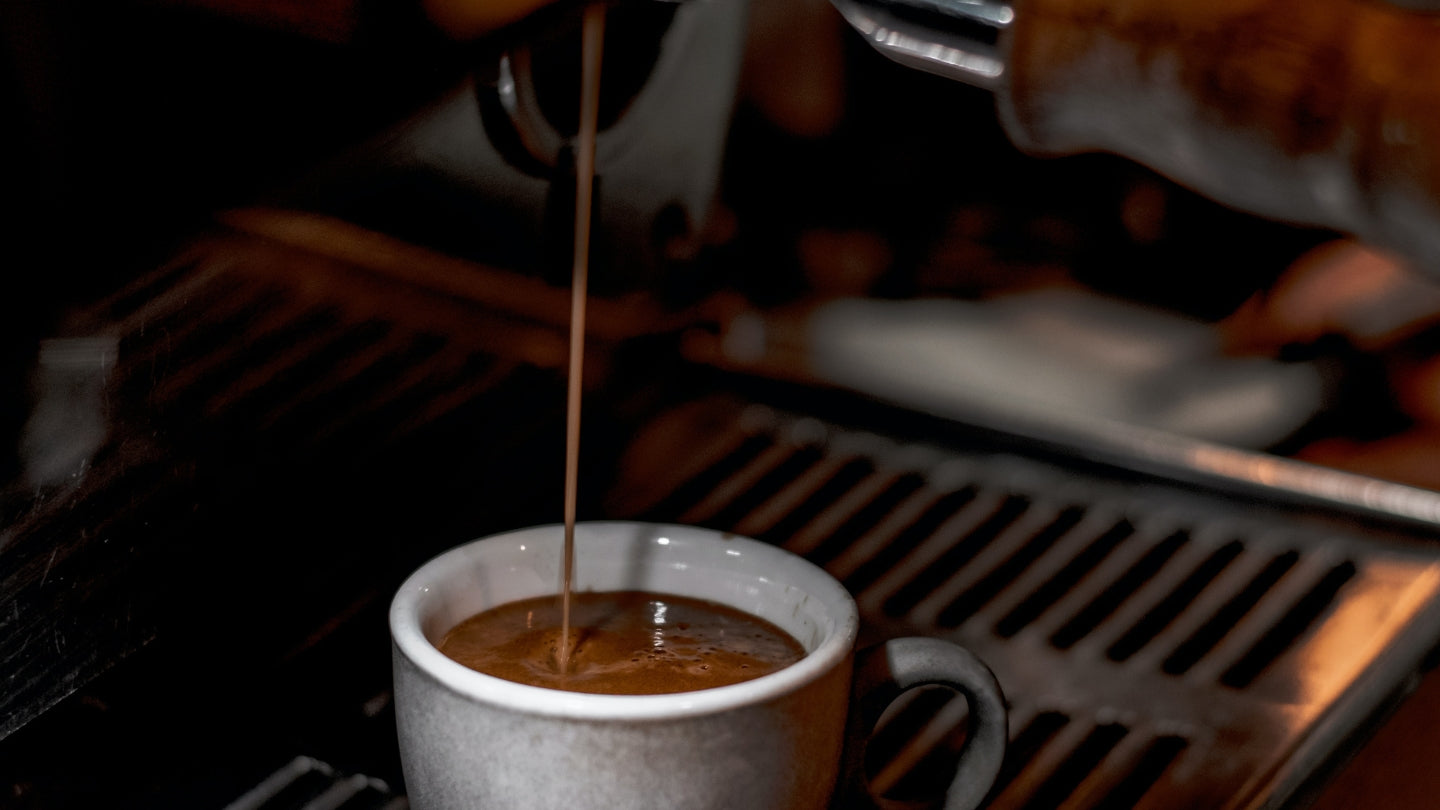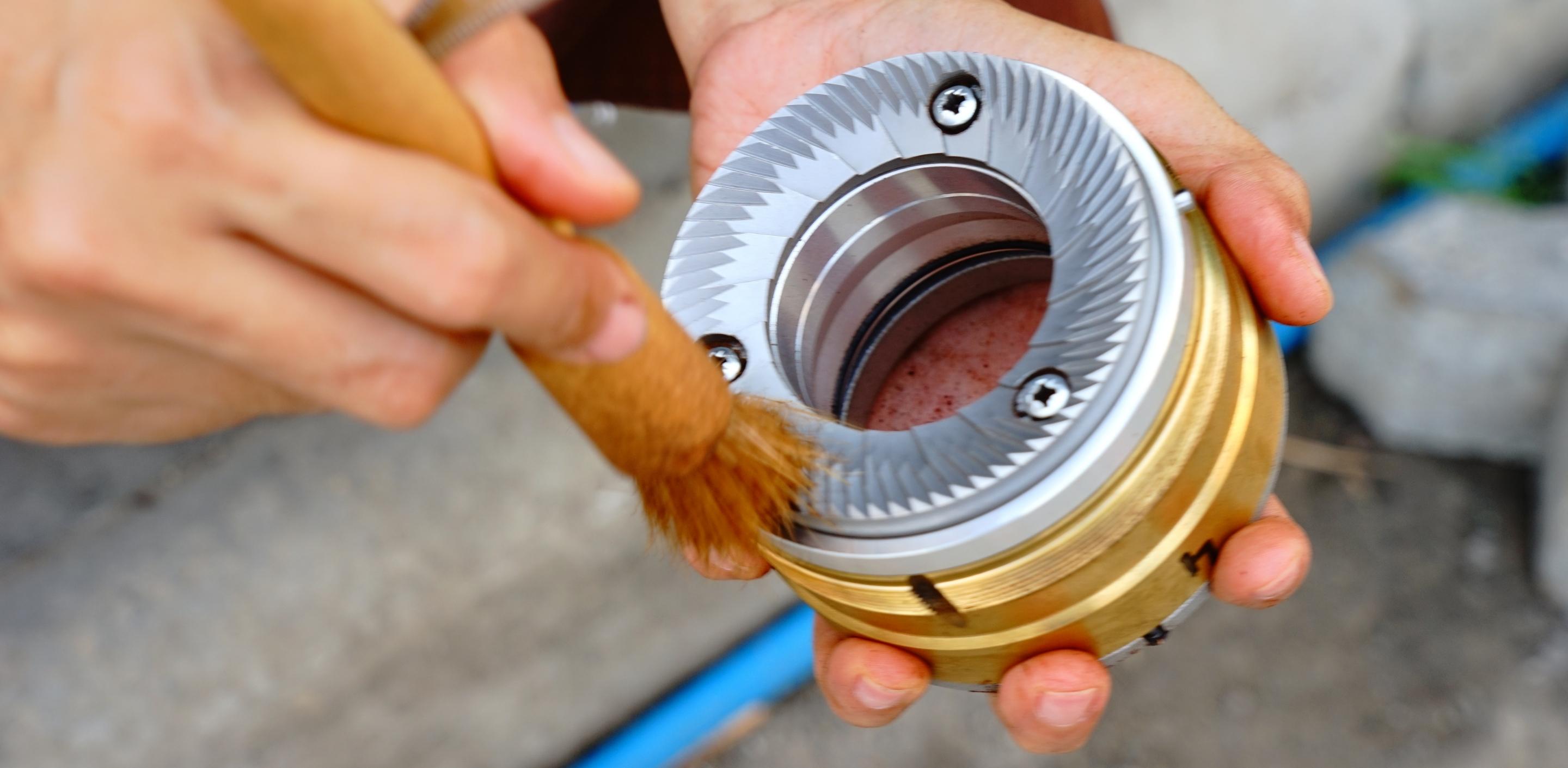French Press Brew Guide

Equipment:
- French Press / Plunger. This recipe is most appropriate for a 350ml French Press. While you can use a French Press of any size with any amount of coffee and water provided that you get the ratios correct, your results will be most easily reproducible if you use one that is of a size appropriate for the amount of coffee you wish to make.
Ingredients:
-
Ground coffee. 18g of medium to coarse ground filter-roast coffee.
- Filtered water. 300g at 95-96 degrees C
Method:
- Optional - warm the plunger glass by pouring in hot water and then discharging
- Place ground coffee into the French Press
- Pour water into the French Press ensuring all of the coffee is thoroughly saturated. Press the plunger down slightly to keep the coffee just submerged.
- Wait for 3-4 minutes, then fully plunge the French Press. (Optionally, instead scoop off the coffee grounds, then leave for another few minutes for any remaining grounds to settle, and plunge.)
- Gently pour the brew into another receptacle and serve.
Would you like to know more?
So you’ve made some coffee in a French Press, but you weren’t overly enthused about the result. It happens. Here’s a bunch of stuff you can try if you want to really knock it out of the park. Bear in mind that not every item on this list will be to your preference, but they’re worth experimenting with nonetheless!
How much coffee do you put in a plunger?
French Presses come in a variety of sizes. Historically, this has led to a great deal of confusion about how much ground coffee to use in one.
The solution is quite simple - don't worry too much about the size or style of the plunger, the result you get is mostly to do with the ratio of water and coffee that you use.
Our recipe above uses a ratio of approximately 1 part coffee to 17 parts water, usually expressed as 1:17. For most alternatively brewed coffee, a ratio of coffee to water somewhere between 1:13 and 1:17 produces a brew that tastes and feels great to the majority of people.
So, provided your plunger is of sufficient size, the best thing to do is measure your water and coffee, simply keep the proportions the same each time, and your extractions will stay pretty consistent.
Use better water
We can’t stress this enough. The water you use to brew makes a huge difference to the taste of your coffee - not surprising given that it makes up a far greater proportion of the final brew than the coffee solubles. A well-made V60 pour over will be about 98-99% water.
Our hometown's water is naturally very hard (high in calcium carbonates and magnesium), and doesn't lend itself to making great coffee straight from the tap. While filtered water is a good solution as it removes a good portion of the undesirable compounds in water, it doesn’t necessarily constitute the best option for coffee brewing. Pure water is generally touted as being too scarce in minerals to properly extract the soluble flavour compounds, though your mileage may vary - some roasters and coffee aficionados recommend and prefer it.
To really highlight the natural flavours in a filter roast single origin coffee, you may wish to make your own water. You can do this by getting some distilled or demineralised water and then mixing in a mineral package designed specifically for providing the right chemical balance for making coffee, or by creating your own composition from readily available household products (magnesium salts and baking soda). Many recipes are available online - the key thing to remember is to create a mineral composition that suits your preferences.
Grind your coffee medium-fine
Many guides and roasteries have historically recommended a coarse grind for use in French Press. While it does work, it may not be exactly what you want, and here’s why: Grinding coffee coarse doesn’t allow the water to access a large proportion of each coffee particle. A smaller particle size will allow the water to penetrate a larger proportion of the overall mass. However, too small a particle size will cause a higher proportion of fines in your ground coffee, which can penetrate the filter in the press and make your coffee “muddy”. We find that a medium grind gives us great results - you can go as fine as you need to provided that the coffee is not so fine that it passes through the filter. If you use extremely fine coffee in your plunger, or use too much of it, the condensed mass may be too dense for water to penetrate when you plunge. However, this mild disadvantage can be compensated for by scooping off most of the grounds before plunging.
Use filter roast coffee
Being a less concentrated form of coffee, the brew from a French Press lends itself to flavour clarity more so than Espresso. We recommend that you try some lighter roasted, single origin coffee with your French Press to explore the flavour possibilities that you can achieve. Darker roasts are perfectly acceptable, and perhaps you prefer a darker roast to produce a more robust coffee that holds its flavour in milk, but lightly roasted coffee will provide a broader spectrum of flavour possibilities
Use very hot water
The water in your kettle will lose a couple of degrees between the moment it leaves the spout and hitting the surface of the coffee. Furthermore, given that the top of the slurry is exposed to air, the plunger glass will absorb some of the water’s heat, and the brew takes several minutes, more heat will be lost during this brewing cycle. Finally, if you agitate the slurry by stirring, even more heat will be lost during this process. Studies of brewing coffee in a plunger have shown that the average brew temperature can be as low as 80 degrees on average over the course of the extraction.
We have achieved what we feel are excellent results by starting with 96°C water, a delicate: refreshing brew with excellent flavour clarity. This is, however, not the only way to make coffee in a French Press.
If you wish to increase the extraction yield of your brew, start with water of a higher temperature, and monitor the temperature in your slurry to ensure that it is maintained at the brewing temperature you desire. Bear in mind the cooling effect of exposing water and the slurry to air, and agitating the slurry. You’ll probably be surprised at just how quickly your water cools when using a French Press.
If you wish to try a more delicate brew than even we suggest, you can begin with a lower water temperature.
Use a paper filter
Completely optional, but pouring your French Press coffee through a paper filter will remove the Fines and oils from your brew, slightly reducing the body, but significantly improving the flavour clarity. For best results, only filter the brewed coffee and not the grounds.
Stir if you like
Scott Rao recommends that the bloom in a French Press not be stirred as this can cause uneven and irreproducible extraction, and instead it should be patted down gently to saturate any dry areas.
We have concluded from our experiments with TDS, Extraction Yield and taste, that stirring actually does very little, and you might as well just submerge the slurry slightly using the plunge filter. Immersion in the water is easily sufficient to moisten the entire slurry.
We’d love to hear about your own investigations into this!




